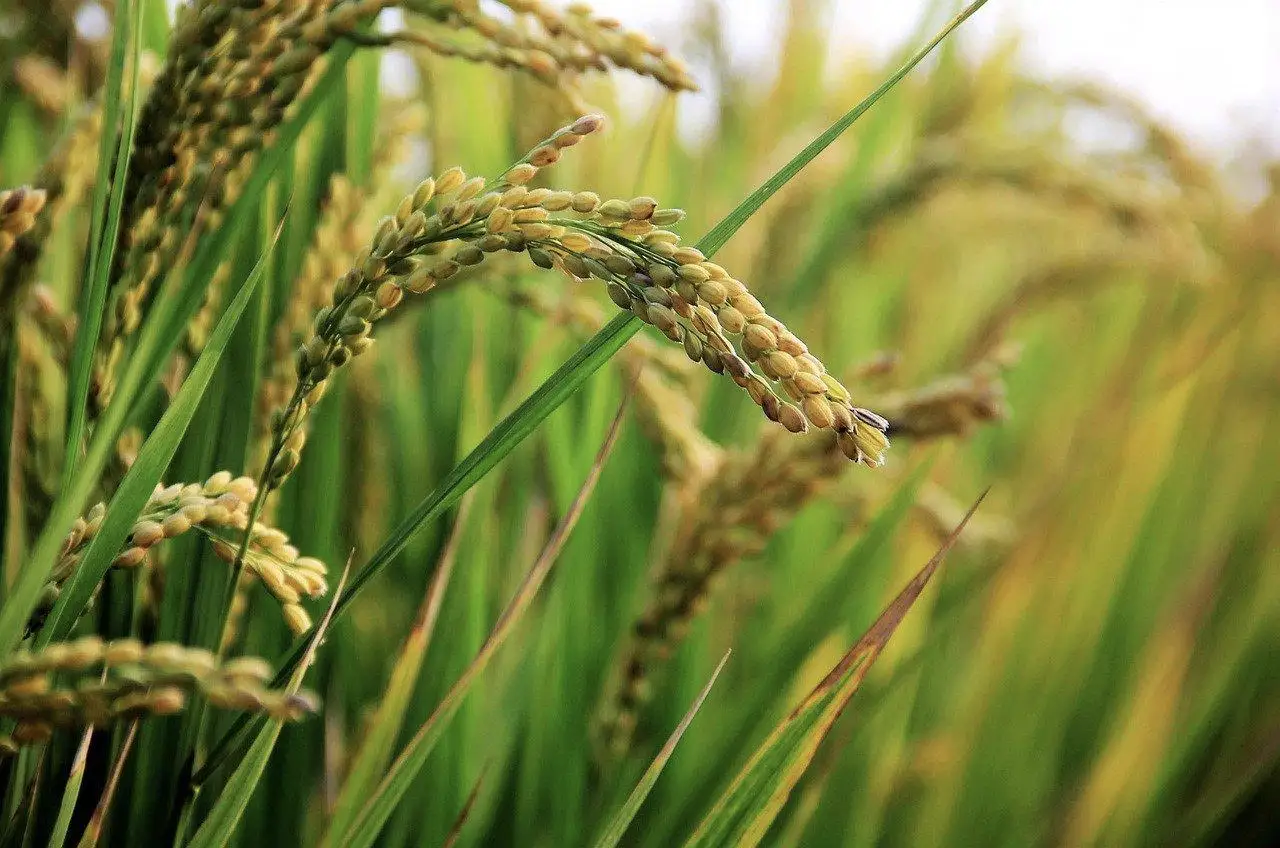Researchers from INRAE, the Agro Montpellier Institute, CIRAD, the French National Centre for Scientific Research (CNRS) and Yunnan Agricultural University (China) discovered a form of social immunity in wheat and rice. Disease susceptibility in wheat and rice is modulated not only by genetic resistance traits, but also by interactions with neighbouring plants of the same species. The findings, published in PLOS Biology, show that inter-plant cooperation can reduce disease susceptibility by nearly 90 percent in certain cases, as much as is conferred by a plant’s own resistance genes. The findings create new possibilities for improving plant resistance to disease and reducing the use of pesticides.
Reducing pesticide use is a critical issue for agriculture. Mixing crop cultivars is a tool to achieve that aim. There is renewed interest in the practice, and in France today more than 10 percent of the area under wheat cultivation uses mixed crop cultivars. Mixing crop cultivars is known to reduce epidemics by inhibiting the spread of a disease from one plant to another. However, mixtures have variable success in controlling disease. This may in part be caused by yet-unknown interactions between cultivars.
To understand the effects of inter-cultivar interactions, researchers studied the interactions between more than 200 pairs of rice or wheat cultivars in controlled conditions. They inoculated each pair with a foliar fungal pathogen, and then analysed plant susceptibility to the disease when grown in association with another plant of the same cultivar or with a different cultivar.
The findings demonstrate that in 10 percent of pairs studied, the presence of a neighbouring plant had an effect on disease susceptibility. With the use of genetic modelling, researchers were able to quantify the effect and demonstrate that certain pairings reduce disease susceptibility in the infected plant by almost 90 percent. This means that disease susceptibility in two major crops, rice and wheat, is modulated not only by the resistance genes of each cultivar, but also by the interactions each plant establishes with its neighbours. In these two crops, we can see a population-level type of cooperation. This may be akin to herd immunity responses found in animal species.
In certain circumstances, inter-plant cooperation can reduce disease susceptibility by as much as is conferred by a plant’s own genes. Consequently, there is considerable potential to strengthen resistance by means other than varietal improvement.
Read the paper: PLOS Biology
Article source: CIRAD
Image: Rice field image. Credit: Pixabay








